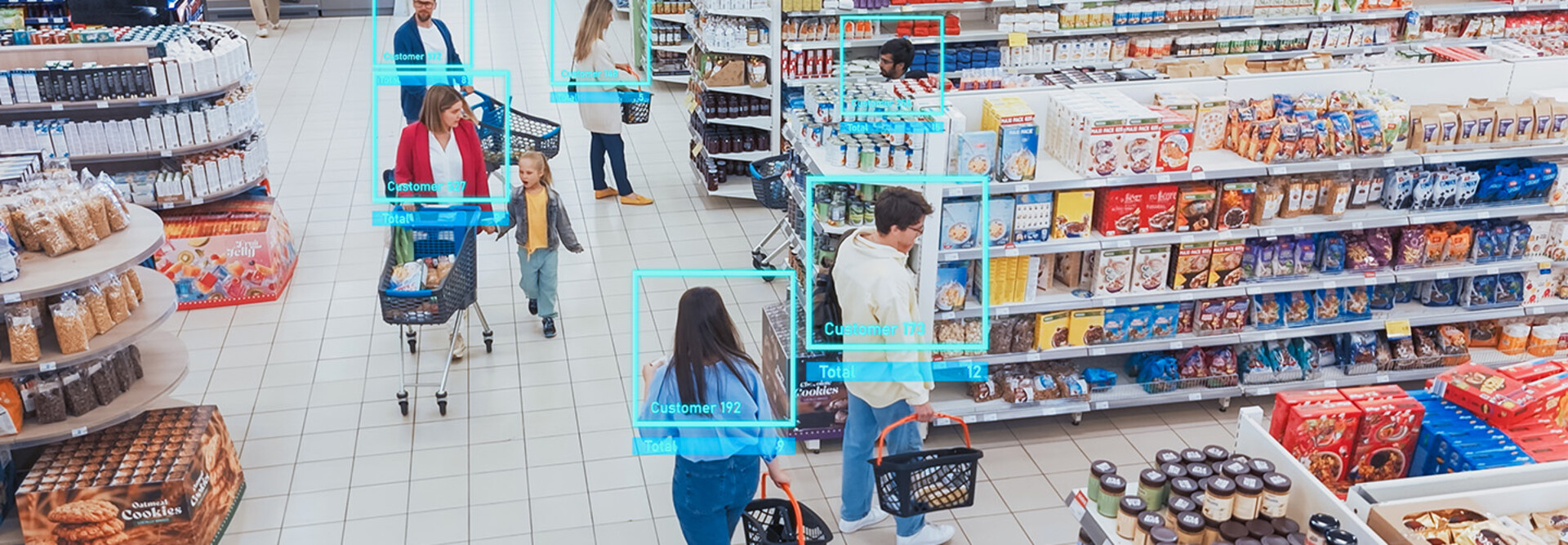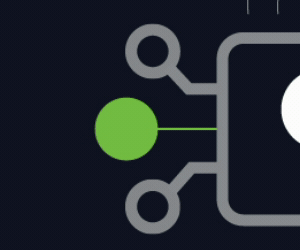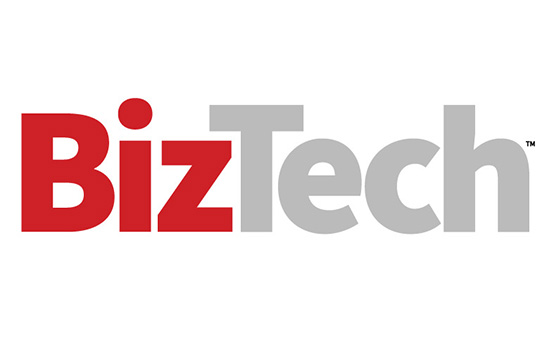Real-Time Analytics Spots Potential Loss Before It's Too Late
Real-time analytics capabilities allow retail organizations to spot potential loss events as they happen. The systems can also trigger direct intervention by flagging a situation in real time and notifying a human in the loop or activating the alarm system.
Meanwhile, edge computing is enabling faster processing at scale by keeping calculations local, removing the need to relay data back to a remote server.
“Ultimately, edge computing allows these computer systems to operate without having to rely on a data center sitting hundreds or thousands of miles away,” Chakravarty says. “That makes for quicker and easier processing of the data.”
The stronger a retailer’s IT and network infrastructure, the more seamlessly it can deploy advanced technologies.
Retailers today want “more surveillance across the board, especially at the point of checkout, and computer vision can help with tracking items all the way through,” he says.
Chakravarty points out that IT leaders must ensure the technology investment is weighed against cost and customer experience.
“If you have thousands of stores in a chain, it’s not so easy to justify the cost, and there has to be a determination made as to whether that 1% or 2% loss for the year from that store is worth the investment” he says.
EXPLORE: The retail technology solutions and services from CDW.
He cautions that deployments that go too far can create diminishing returns. “The more intense you get with the amount of technology you want to use, it just becomes less cost-effective over time,” Chakravarty says. “Good enough is good enough, and that’s really what a lot of retailers think in terms of how much they are willing to invest.”
The key to a successful computer vision deployment is making sure the tech operates across a large, distributed footprint while delivering actionable intelligence to both store associates and corporate teams.
A Layered Security Approach, Especially at Check Out
Most retailers are pursuing layered approaches, combining RFID, computer vision and existing security infrastructure.
“We’ve seen most of the advancements being made bundled into the existing point-of-sale system, or existing tools that they already have for internal security,” he says.
Ultimately, retailers must balance loss prevention, operational costs and the customer experience. This means protecting revenue (via real time analytics and surveillance) without overwhelming staff or alienating shoppers.
“Retailers want these systems to be autonomous and work on their own,” Chakravarty says. “The biggest focus is really more deterrence than it is actually catching the thieves in the act.”
Click the banner below to learn about the comprehensive IT solutions modernizing the retail experience.














